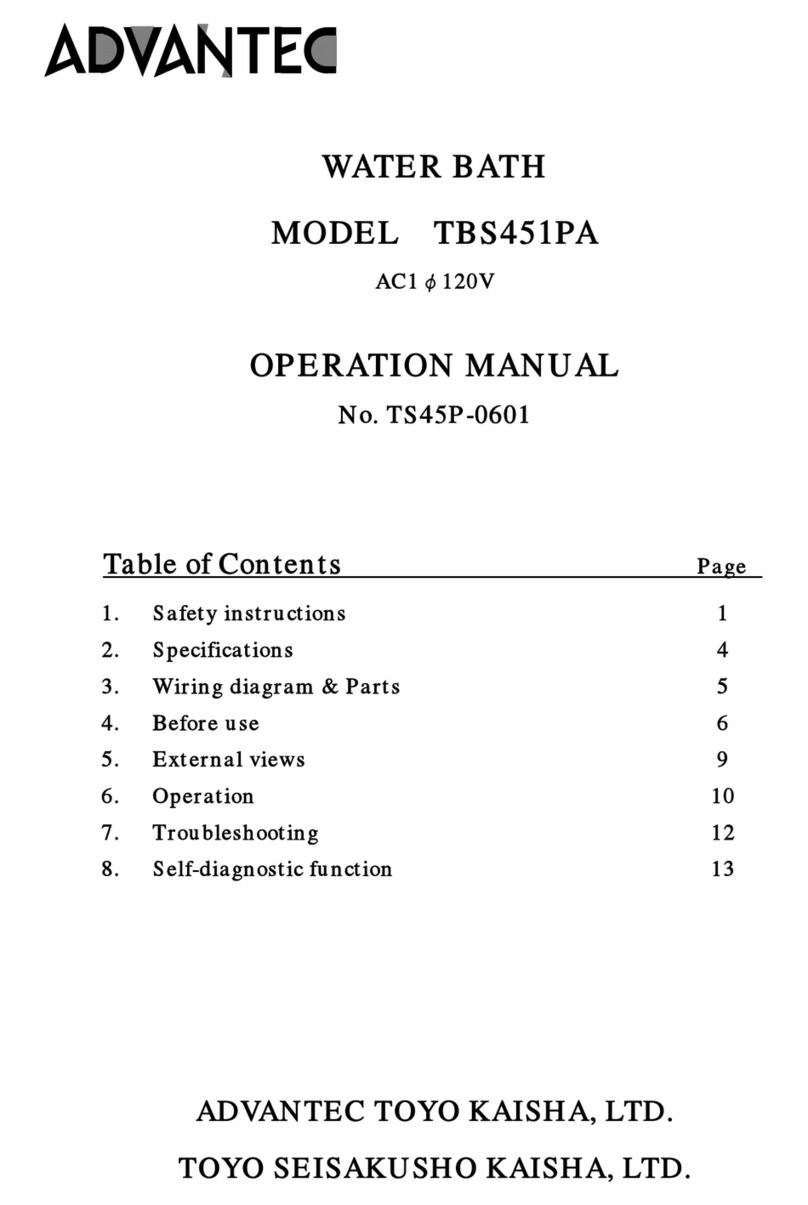
ABOUT STEELHEAD MARINE
High Performance Yacht Equipment
Steelhead Marine’s elegantly designed, high-tech cranes are renowned across the
yachting industry, but their ambitions stretch even higher. Through persistence,
innovation, and hard work they are aiming to become the leader in advancing
hydraulic solutions for the yachting world.
With strong leadership and a dynamic workforce, Steelhead is working to take their
innovative products to the next level of sophistication. A diligent sales, engineering,
design and build process combined with a close working relationship with their
clients ensures Steelhead products will be at the forefront of innovation in the global
yacht market.
ABOUT ADVANTEC:
AdvanTec is a collaboration of brands that specializes in the design, engineering, and
manufacturing of a wide variety of marine products. As one of the largest marine
manufacturers in the world, with over 150 years of experience collectively from their
brands, they have been one of the leaders in innovation and creative manufacturing
systems.
ABOUT US
RAISING THE BAR ON YACHT CRANE PERFORMANCE
3























